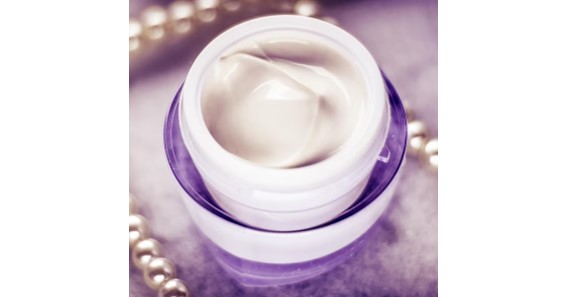Lidocaine cream is a popular OTC topical anesthetic that provides temporary relief from pain and itching caused by minor skin irritations such as insect bites, sunburns, and minor scrapes or cuts. Lidocaine cream works by numbing the area in which it is applied and can be found in most drug stores and pharmacies without a prescription. This article will discuss the benefits of using lidocaine cream over other forms of topical anesthetics and the potential risks associated with its use.
Lidocaine cream is a reliable anesthetic that is commonly used to numb the skin before medical procedures or reduce pain associated with certain skin conditions. It contains lidocaine hydrochloride as the active ingredient, which is highly effective at temporarily blocking nerve signals in affected areas of the body. Lidocaine cream Australia is available as either a 4% or 5% solution with other inactive ingredients such as petrolatum and mineral oil added for stability. However, it’s important not to use too much of the product at once because this can cause serious side effects such as nausea, dizziness, and even seizures if too much of the drug enters your bloodstream due to inadvertent absorption through your skin.
When it comes to choosing an OTC topical analgesic, lidocaine cream is the go-to choice for many people. It is often used in combination with benzocaine to provide longer lasting relief from pain and discomfort. The use of lidocaine cream OTC can provide numerous benefits for people suffering from minor skin irritations or injuries.
One of the main benefits of using lidocaine cream OTC is its ability to quickly relieve pain and discomfort due to minor skin irritations. It works by numbing the affected area by blocking nerve signals that transmit pain signals from the affected area to your brain. This allows you to experience almost instant relief from itching, stinging, and burning sensations caused by sunburns, contact dermatitis or insect bites. Additionally, lidocaine cream has anti-inflammatory properties, making it effective in reducing swelling associated with some types of skin irritation such as bug bites or rashes.
Before using lidocaine cream, it’s important to understand the potential side effects and precautions associated with it. Common side effects include nausea, headache, fatigue, dizziness, dry mouth, or difficulty sleeping. Serious side effects can occur in some cases, such as chest pain or swelling in the arms/legs/face/neck area, as well as vision changes or seizures. Therefore, it is essential to discuss precautions with your doctor before starting a new prescription, especially if you have existing medical conditions or food allergies that could be triggered by particular ingredients found in the cream.
To use lidocaine cream safely and properly for the best results, always read the instructions on the package before using it for any reason. The instructions will tell you how much of the product should be applied at once, how often you should use it, and what areas of your body it can be used on. It’s important to note that some creams may contain other inactive ingredients that could cause allergic reactions in some people. Therefore, if you have ever experienced an allergic reaction to any medication, you should consult your doctor before using lidocaine cream.






